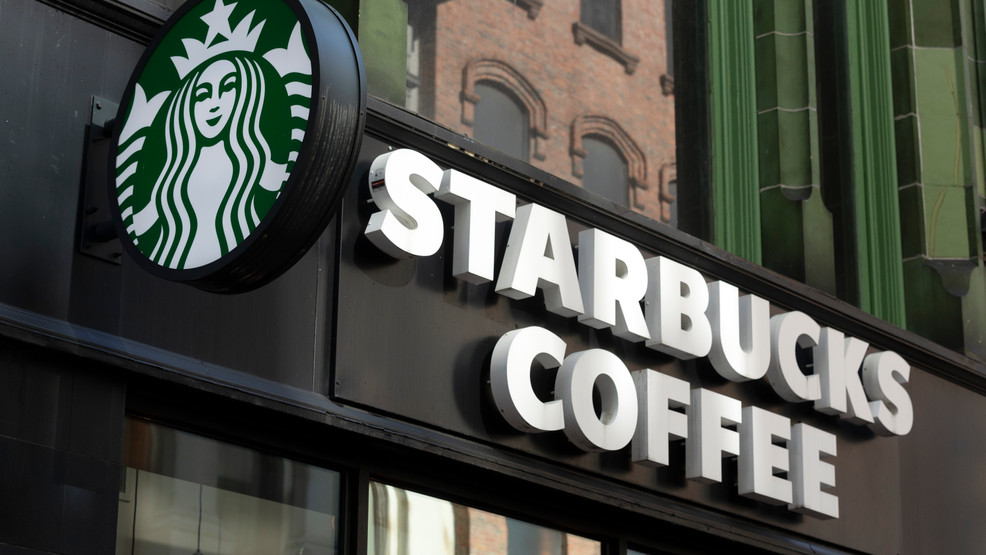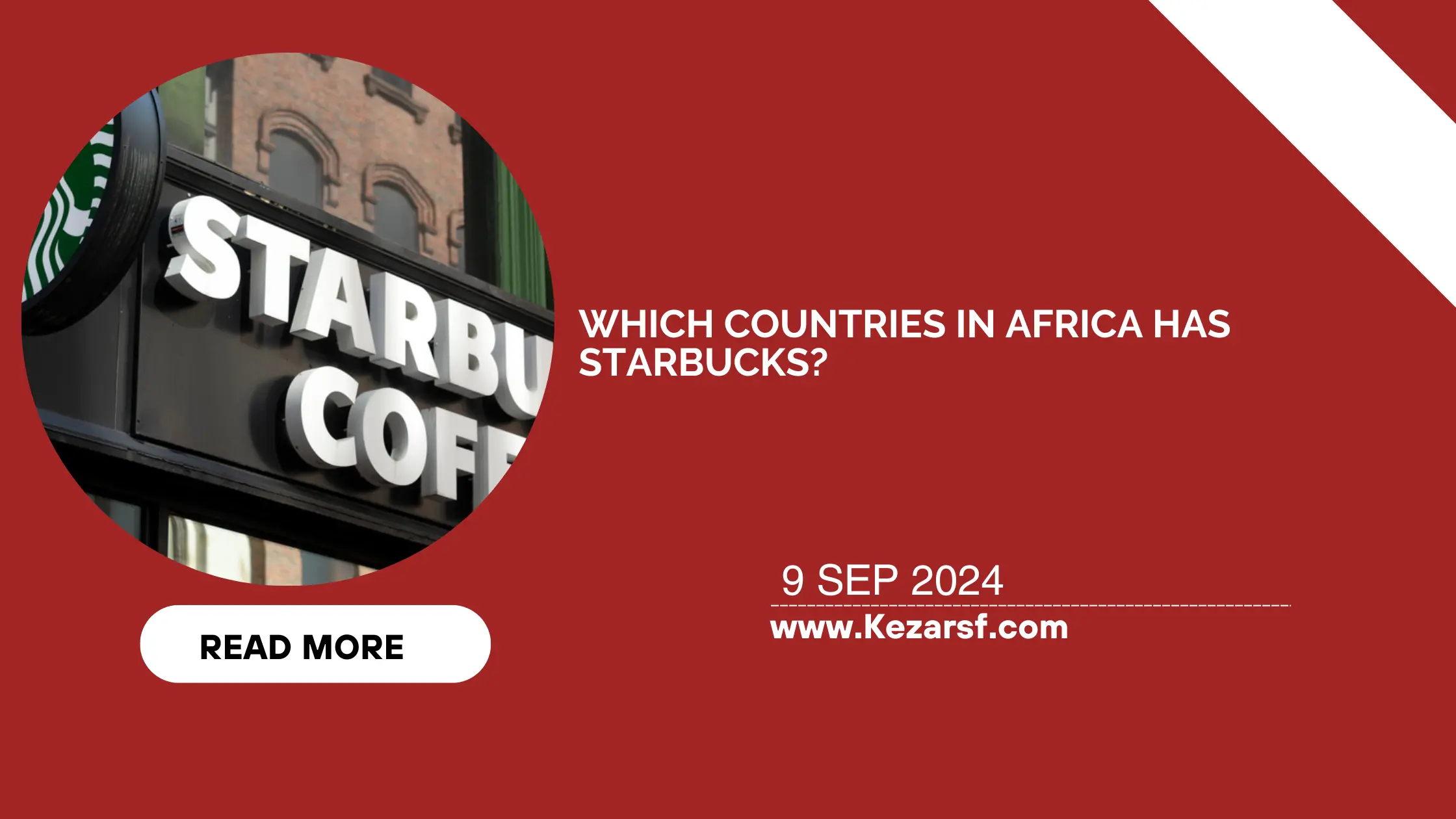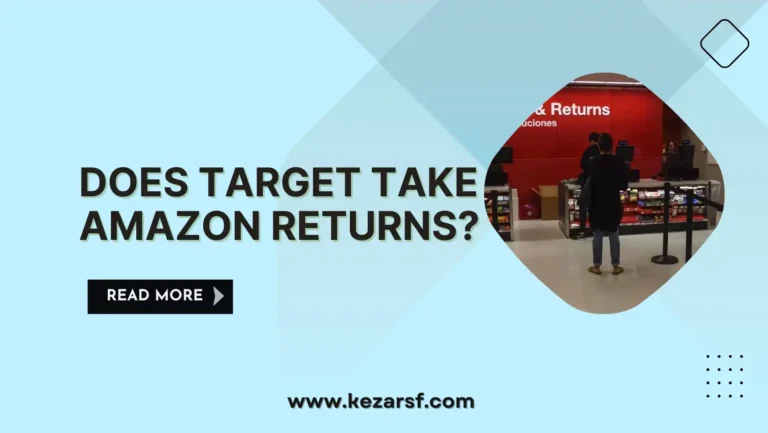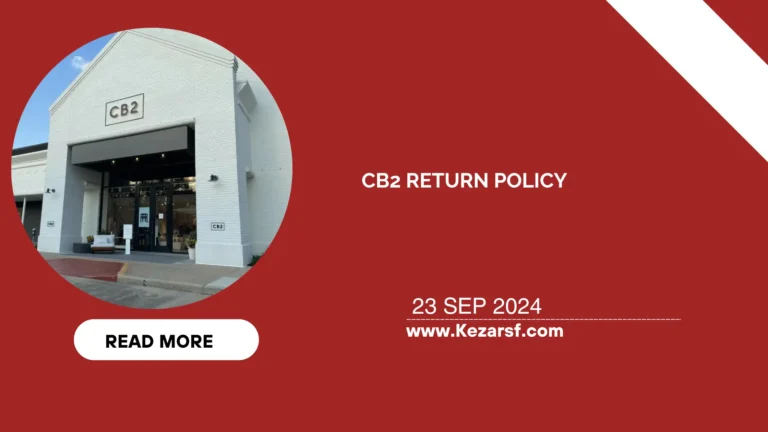Which Countries in Africa Has Starbucks?
Starbucks is one of the largest and most recognizable coffeehouse chains in the world. With over 34,000 stores globally as of 2023, it has expanded far and wide, from North America to Europe and Asia.
However, its footprint in Africa, often regarded as the birthplace of coffee (with Ethiopia being a major coffee producer), is relatively limited. Starbucks has been strategic and cautious in its African expansion, and its presence is currently only in a few countries on the continent.
In this article, we’ll explore which African countries have Starbucks locations, the reasons behind the selective expansion, and the potential future of Starbucks in Africa.

An Overview of Starbucks’ Global Expansion
Before diving into specific African countries, it’s essential to understand Starbucks’ global strategy. Since its founding in 1971 in Seattle, the brand has focused on creating a “third place” experience—offering more than just coffee but also a comfortable place for people to work, meet, or relax. This concept resonated globally, and soon, Starbucks began expanding outside the United States.
Starbucks first expanded into international markets like Japan and Europe before entering regions like Latin America and the Middle East. Despite Africa’s rich coffee history, Starbucks only cautiously moved into the continent, prioritizing more established markets where disposable income and a culture of café-going were already prevalent.
Starbucks in Africa: Where It Is Present
Although Starbucks has a relatively modest footprint in Africa compared to other regions, it operates in a few key markets. As of 2024, Starbucks operates in three African countries: South Africa, Egypt, and Morocco. These countries were carefully selected due to their economic potential, tourism appeal, and market readiness.
1. South Africa
South Africa is the first African country where Starbucks opened its doors. Starbucks made its debut in South Africa in 2016 through a partnership with Taste Holdings, a local business group. Initially, the opening generated significant excitement as South Africa is known for its vibrant café culture, particularly in cities like Johannesburg and Cape Town.
The expansion strategy initially targeted major urban areas, with Starbucks cafés in popular malls, shopping districts, and business hubs. However, Starbucks encountered challenges in penetrating a market where local coffee chains, like Vida e Caffè and Mugg & Bean, already had a stronghold.
Current presence: Despite some challenges in the beginning, Starbucks has continued to grow in South Africa. The chain has managed to find its footing by focusing on quality, innovative products, and leveraging its global brand appeal. As of 2023, Starbucks operates over 25 locations in cities such as Johannesburg, Pretoria, and Cape Town.
2. Egypt
Starbucks entered Egypt relatively early compared to its presence in sub-Saharan Africa. The country’s growing urban middle class, booming tourism industry, and historical significance made it an attractive market. Egypt’s cosmopolitan cities, like Cairo and Alexandria, offer a mix of locals, expatriates, and tourists who are familiar with international brands like Starbucks.
Starbucks outlets in Egypt are usually located in upscale neighborhoods, malls, and near tourist attractions. With its hot climate, Starbucks’ cold beverages, such as Frappuccinos, are particularly popular, appealing to younger crowds and tourists looking for refreshments while shopping or sightseeing.
Current presence: As of 2024, Starbucks operates multiple outlets in Cairo, Alexandria, and tourist hubs. The Egyptian market remains a strategic location for Starbucks in North Africa, driven by a stable consumer base of both locals and tourists.
3. Morocco
Morocco is another North African country where Starbucks has established a presence. Starbucks entered Morocco in 2011 by opening its first store in Casablanca. The Moroccan market is a mix of traditional tea drinkers and younger generations who are eager to embrace international brands and trends.
Morocco’s strategic location as a major tourist destination and its affluent urban population make it a fertile ground for Starbucks’ expansion. The brand has tailored some of its products to align with Moroccan tastes and preferences, making it a popular choice among young professionals, tourists, and students.
Current presence: Starbucks has expanded to major Moroccan cities like Rabat, Casablanca, and Marrakech, with its stores often found in upscale shopping malls and city centers. While the Moroccan market isn’t Starbucks’ largest, it’s an important one due to its strategic position in North Africa.
Challenges of Expanding Starbucks in Africa
While Africa presents tremendous opportunities, Starbucks has been careful with its expansion strategy. Several challenges hinder broader growth across the continent.
1 Economic Challenges
Many African nations face significant economic disparities. While certain countries like South Africa, Egypt, and Morocco have sizable middle-class populations that can afford premium coffee products, other African nations struggle with poverty, which reduces demand for luxury goods like Starbucks coffee.
Furthermore, in some African nations, the infrastructure for a widespread chain like Starbucks is not yet developed.
2. Coffee Culture in Africa
Africa has a deeply ingrained coffee and tea culture, but it varies from country to country. For example, Ethiopia has a traditional coffee culture that centers around the Ethiopian coffee ceremony, which may not align with the Starbucks model of grab-and-go coffee. Similarly, in countries like Nigeria and Kenya, tea is more popular than coffee.
Introducing Starbucks into these diverse markets requires balancing the local coffee or tea traditions with the international image of the brand, which can be a challenging task. Starbucks may need to further localize its offerings to succeed in other African markets.
3. Competition from Local Brands
In many African countries, local and regional coffee chains are dominant, offering similar or even better-quality products at lower prices. These local competitors are often more in tune with local tastes and preferences. For example, chains like Java House in East Africa and Vida e Caffè in South Africa are more affordable and have already established a loyal customer base.
Starbucks, being a premium brand, also faces the challenge of positioning itself in such a way that it remains competitive yet differentiated from local brands.
Why Certain Countries Don’t Have Starbucks
While Starbucks has expanded into three African nations, many others, including significant markets like Nigeria, Kenya, and Ghana, remain untouched. A combination of factors contributes to this:
- Economic conditions: Many African countries, while having a growing middle class, still face economic instability, which can make it difficult for premium international brands like Starbucks to succeed.
- Local coffee and tea culture: Countries like Ethiopia have a strong local coffee culture that may not align with Starbucks’ model. In other countries, tea might be the preferred drink, making coffee chains less popular.
- Regulatory and operational challenges: Setting up shop in certain African countries can be complex due to regulatory hurdles, import restrictions, and the high cost of doing business.
The Future of Starbucks in Africa
Starbucks’ cautious approach to expansion in Africa suggests that they are testing the waters before diving in completely. As economies grow, disposable incomes increase, and urbanization continues, the demand for premium coffee experiences may rise, giving Starbucks more opportunities to expand.
Countries like Nigeria, with its large population and growing middle class, could be future markets for Starbucks. Similarly, Kenya, a major coffee-producing country, might also attract Starbucks’ attention in the future.
Additionally, as African cities modernize and embrace global trends, the café culture is likely to grow, providing an avenue for Starbucks to gradually expand its footprint across the continent.
Conclusion
Starbucks has made its mark in Africa, albeit in a limited capacity, with its presence in South Africa, Egypt, and Morocco. These countries provide a conducive environment for Starbucks’ premium coffeehouse experience. However, the brand faces significant challenges in expanding further across the continent due to economic factors, cultural preferences, and competition from local chains.
As Africa’s economies continue to develop, Starbucks may explore more markets. But for now, its strategy remains one of cautious expansion, focusing on specific high-potential regions.






